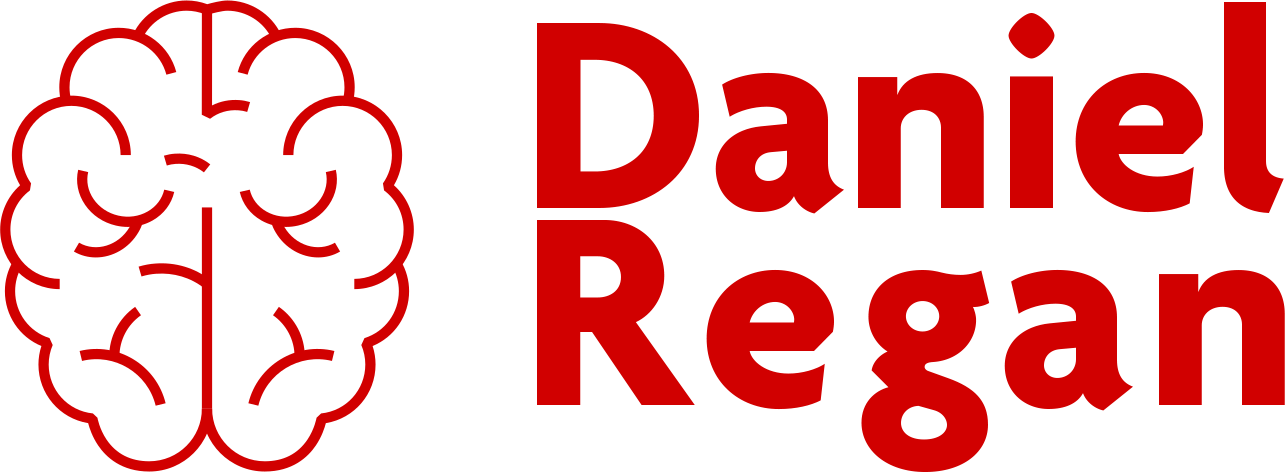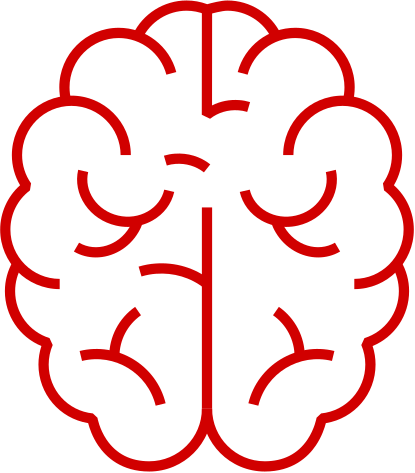What do you, we, I see?
In 2022 I collaborated with Dr Sarah Yardley, THIS Institute Postdoctoral Fellow, on producing a series of images that relate to her research project that explores and challenges the accepted norms in healthcare systems, using Palliative Care and Mental Healthcare as two examples. Sarah’s research aims to communicate what matters most in the lived experiences of service users, carers, specialist and generalist healthcare professionals as they negotiate in practice the work of relationships and engage in hidden human efforts to mitigate inadequate attention to people in healthcare system design.
Care has been an important theme throughout my life and work. As a young person I often cared for my mentally unwell mother, and vice versa as I grew older with my own difficulties. For two decades we delicately oscillated between the carer and the cared for and its associated challenges. I am fascinated by the caring roles that we explore in our relationships, the complexity of difference in what it means to be cared for individuals, and how systems can foster or prohibit caring environments. What happens when people are treated as systems? Who fits into these systems and who is left outside? How can medical professionals work with patients in an individualised way whilst within the confines of rigid healthcare systems?
Responding to the key themes in Sarah’s research this abstract series of images explores the necessity for fluidity within systems of care, reflecting on themes of synchronicity, fragility and impermanence.
Watch a short film below about the project, made by Wex as part of my role as an Wex Ambassador, or read on for my personal reflections on making this work.
Sarah initially invited me to run a participatory workshop with participants from a range of backgrounds including those with lived experience, those caring for others, and clinicians (and people that sat across all three). In this session we collaboratively built up a visual vocabulary in response to the themes emerging from Sarah’s research, with the idea to support me to gain a better understanding of what had come before my involvement, and how that could visually translate into my works.
After the session I was really struck by this idea of water and fluidity in care. It was really helpful to produce this vast visual library with the participants, but I felt a bit overwhelmed with so much imagery and where to start. Shortly after the session I couldn’t stop thinking about how to use water in this project in some way, particularly in relation to Sarah’s idea around archipelagos. I became really intrigued by the ideas of journeys between islands and the way that the water dictates the quality of that journey, from calm seas to choppy waters. I became interested in ways in which I could manipulate water and thinking about how I could do this in a controlled way (i.e not visiting the sea).
I happened to be on a day out with a friend when I got chatting to her boyfriend about this project. He works with sound and I asked him (perhaps naively) if I could use sound to manipulate small bodies of water. He explained some very complicated physics related to sound (which I immediately forgot) but said yes, he could help me to experiment with sound and water. A few weeks later he came to the studio with a large sub speaker and lots of cables. We spent a few hours experimenting by manipulating sound frequencies to create effects with contained water, atop of the speaker, combining differing liquids and lighting.
In the days leading up to our first experimental session I was thinking more about the type of images that I wanted to create. I also thought a lot about my own mental health care and how complex it had often been to get the right thing at the right time. It always felt like my needs didn’t fit the system, or more accurately, that the system didn’t fit my needs. The systems of care were never responsive, agile, or flexible. They were rigid: strict pathways, definitive ways of working, results oriented that made me feel like a part of a machine, as opposed to a sick person needing help. The best care I received was when people took risks — clinicians that pushed back against the system to try and respond to my human needs, not what they are told they can and should do. I remembered once when my psychiatrist turned up at my front door when I was deeply unwell many years ago. I had stopped attending my appointments with her. She did not need to come to my house, she could have discharged me for not attending, but she said she felt the need to come and check on me because she was worried. It was a human moment outside of the churning cogs.
As soon as we started to get familiar with the creative methods I was fascinated with the unpredictability of the process. It was entirely experimental, with so many factors contributing to the different effects:
The vessel I used to hold the water;
The sound frequency used;
The amount of water (the more liquid, the more energy needed to really get things moving);
Whether the water contained inks, oils etc.
I was really intrigued by the process of changing frequencies or building up volume. A still body of water, once put under a certain amount of energy and frequency, would suddenly begin to move: juddering, hypnotic ripples undulating across the surface. It made me think about just how complex care is: it takes a number of people to be working harmoniously, together, collaborating, to achieve the desired outcomes for a patient. When someone isn’t working in synchronicity, things can fall apart.
Islands
This image made me think of ice or glass cracking apart. The fascinating thing about this project has been exploring a sense of scale. So many of the images lose their sense of scale. One time I thought these could be islands photographed from the sky in the dark, with bodies of water around them. Another time falling shards of ice. There’s something about the fragility of the image and how it could crack apart at any one time.
I kept returning to the Jamboard and picking out key points from participants: illusions (and who creates them), paths, us vs them, people being locked out. When you work in this way with people then there’s so much richness in their vital contributions.
Cells
To me this image speaks of some kind of unknown force, a barrier or boundary that needs to be crossed. The largest cell is the patient, surrounded by those in their lives: family, friends, carers, their doctors, all advancing towards this system. Something I noticed when working with water is that whilst it creates a boundary, it can also be broken. It isn’t solid. With enough energy and pressure, cells split, merge, and break through walls. Boundaries become enforced and broken.
Collective
When I first saw this image I thought about how small it made me feel. It was like staring into a galaxy of stars and planets. It has the power to make you feel so tiny and inconsequential. I started to think about everything being in its right place: being seen, the very nature of being together and how when we go through something together it has the power to be something so much more meaningful. There is so much in the weight of our lives being witnessed by others.
Eclipse
I was quite struck by this image when it was made. A perfect circle, illuminated. It makes me think of an eclipse. I became quite fascinated with the definition of an eclipse, cited by NASA as: “when one heavenly body such as a moon or planet moves into the shadow of another heavenly body.” It made me think about alignment in care, the necessity for synchronicity. I wondered how often both patients and carers/clinicians are able to perfectly align in their needs and what can be delivered. In a lot of the images (or at least my interpretations) there’s references to the celestial, which is ironic given my atheism. I also think again of scale: the minute and biological, the roots of illness, our cells, yet something so vast as the galaxies.
Transitions
When we spoke about illusions in the group I started to think of transitions: how things can shift before your very eyes. The fascinating thing about working with liquid is that motion causes it to alter every second. For a moment this mountain appeared, something we relate to a solid immovable state. Quickly, over seconds, it dissipated. Sometimes things can feel and seem insurmountable, but it can all change in a single moment.
Open Waters
This very much makes me think about carving out a path, navigating choppy waters. It is also stunningly beautiful, like the inside of a crystal, yet you know that it must be liquid and shifting. In some ways I think it’s the most' ‘fluid’ of all the images, perhaps because it is much more 3D and ‘real’.
I have worked on so many different projects across multidisciplinary teams and one thing that I’ve immensely enjoyed on this project is the appreciation of our different disciplines. Sometimes when working with clinicians (and this isn’t just my experience) artists feel pressured to simply illustrate a condition which is immensely reductive. What has been fascinating about working with Sarah and the participants has been a continued discussion and evolvement of their input, creating a sense of collaboration between us all. They have not simply been research subjects, but involved in the responses to the work and how it will be shared. The images are not simply there to illustrate the findings, but create conversation across disciplines about what it means to care and be cared for.
Across winter 2022 Sarah will be sharing insights into the research and images over on Twitter, which I will link to as they are live.










